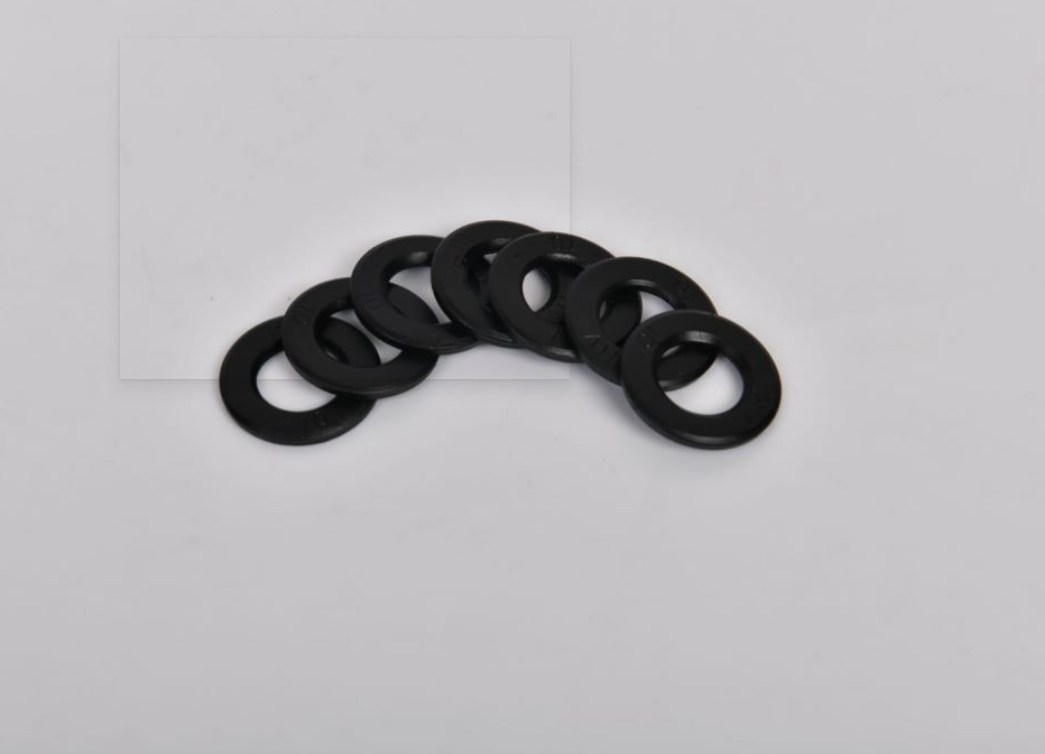Comparing Wood Screws and Self-Tapping Screws in Construction and DIY Projects
Famous Wood Screw vs. Self-Tapping Screw A Detailed Comparison
When it comes to fastening materials, especially in woodworking, screws are indispensable tools. Among the myriad types available, wood screws and self-tapping screws are two of the most commonly used. Each has its specific applications, advantages, and considerations. Understanding the differences and proper uses of these screws can significantly enhance the efficacy of your projects.
Wood Screws The Classic Choice
Wood screws have been the traditional choice for fastening wood since their inception. Characteristically, they are made with a sharp tip to penetrate the wood easily and spiral threads that grip the material securely. Typically crafted from steel or brass, they come in various sizes and lengths, tailored for different applications.
One of the most notable aspects of wood screws is their ability to create a tight hold, essential for ensuring that joints remain secure over time. They can be used for a variety of woodworking projects, from furniture assembly to cabinetry construction. Given their design, wood screws are ideal when you want to join two pieces of wood without splitting them. The shank of a wood screw is often partially threaded, which allows it to draw the materials together firmly.
Additionally, wood screws can be removed and reused without significant loss of holding power, making them a versatile choice for projects that may need to be disassembled in the future
. They can be driven using pre-drilled holes or by screwing them directly into wood, which is generally easier with softer woods.Self-Tapping Screws The Modern Solution
As technology has evolved, so have the tools available for woodworking and construction. Self-tapping screws are a revolutionary advancement, designed to eliminate the need for pre-drilling holes in most materials. With a pointed tip and specialized thread design, they can create their pilot hole as they are driven into the material. This feature makes them particularly efficient for various applications, including metal, plastic, and some types of wood.
famous wood screw vs self tapping screw

Self-tapping screws usually have a fully threaded design, providing a strong grip as they enter the material. This characteristic allows them to better resist pull-out forces, making them ideal for applications that require strong, reliable fastening. Additionally, these screws are available in various head types (such as flat, pan, or hex), and they can accommodate a range of driver tools, enhancing convenience in installation.
One of the major advantages of self-tapping screws is their capacity to save time. The absence of the need for pre-drilled holes means faster and often more straightforward assembly, which is particularly beneficial in commercial applications where labor costs and time efficiency are critical.
Choosing Between Wood Screws and Self-Tapping Screws
The choice between wood screws and self-tapping screws often hinges on the project at hand and the materials being used. For traditional woodworking projects, especially those involving joints and cabinetry, wood screws might be the preferred option. Their ability to provide a tight fit without splitting the wood is an essential factor to consider.
Conversely, self-tapping screws are excellent for situations where speed and versatility are paramount. If you are working with materials other than wood or need to assemble parts quickly, self-tapping screws may be the better choice.
Conclusion
Both wood screws and self-tapping screws have carved their respective niches in the world of fastening. Understanding their distinct functionalities can help you make informed decisions about which type to use in your projects. Whether you choose the reliable classic wood screw or the innovative self-tapping variant, both can yield strong, durable results when used appropriately. As you engage in your next woodworking project or mechanical assembly, consider the specific requirements of your task to determine the most suitable screw type, ensuring that your work is both efficient and effective.
-
Top Choices for Plasterboard FixingNewsDec.26,2024
-
The Versatility of Specialty WashersNewsDec.26,2024
-
Secure Your ProjectsNewsDec.26,2024
-
Essential Screws for Chipboard Flooring ProjectsNewsDec.26,2024
-
Choosing the Right Drywall ScrewsNewsDec.26,2024
-
Black Phosphate Screws for Superior PerformanceNewsDec.26,2024
-
The Versatile Choice of Nylon Flat Washers for Your NeedsNewsDec.18,2024










